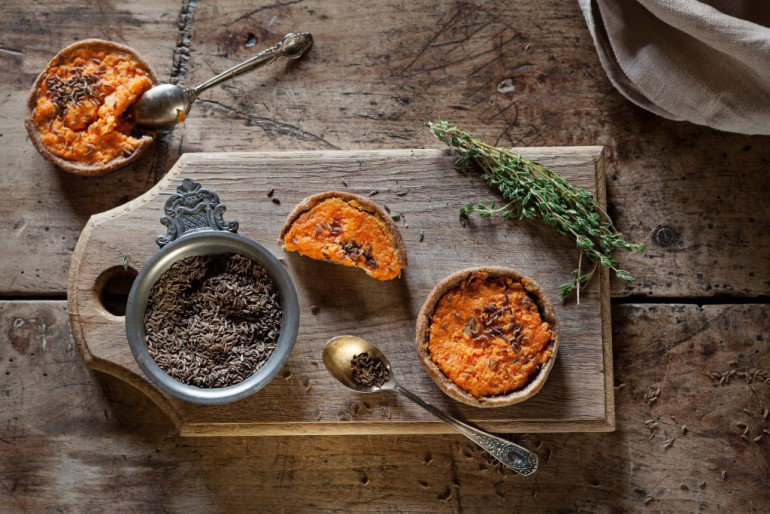Latvian National Culture
Latvian National Culture
Cultural heritage of Latvia shows the impact of different cultures. Get to know them closer in this section.
Latvian local cultural events
Get to know some of 99 cultural components that are included in Latvian Culture Canon
Latvian local partners and activities
Explore the everyday activities of the local project partners
National culture and cultural influences in Latvia
Considering the countrie’s geographical location and the historical events, intangible cultural heritage of Latvia shows the impact of different cultures. It is expressed, for example, in the country’s border area – there is a change in colour and ethnography (in the patterns and colours of mittens, blankets, socks).
The intangible cultural heritage is also influenced by religion. For example, on May in Latgale next to the outdoor crosses there are May Services (“maija dziedǎjumi” – in Latvian) — songs dedicated to Holy Virgin Mary. This tradition is inherited from generation to generation. During Soviet occupation, the crosses were broken, so they were not available in all villages, in which case the singing took place in the cemetery.

Nationwide Song and Dance Celebration
The Nationwide Latvian Song and Dance Celebration (hereinafter – the Celebration) is considered as important component of Latvian culture. The beginning of this festival is in 1873. It is a celebration of Latvian folklore heritage with the underlying goal – to unite the nation and strengthen national identity. The Celebration, held every 5 years, brings together tens of thousands of participants from all over Latvia and worldwide. This global gathering of Latvians and unique cultural expression of the Baltics is included in the UNESCO Representative List of the Intangible Cultural Heritage of Humanity.

Hundreds of amateur-level choirs, folk dance groups, as well as orchestra musicians, folklore groups, amateur theatre troupes, members of applied arts and fine arts studios and other artisans involved in upholding ethnic traditions converge on the capital city, Riga, to take part in the Celebration. Its purpose is both to highlight the classics in Latvian choral and folkdance traditions as well as to showcase new works by contemporary Latvian composers and choreographers.
In the context Celebration, Soviet regime described above must be mentioned, during which the main task of the Celebration was to acknowledge the flourishing of Latvian national culture in the Soviet Socialist Republic of Latvia.
In terms of folk music, it should be noted that the skills associated with it are mainly inherited orally. Since the second part of the 20th century folk music also includes the music and singing of folklore groups. The most familiar instruments of folk music are kokle (plucked string instrument) and trideksnis (percussion instrument with short wooden handle, used by shaking).

Ceramics or pottery production is most common in two regions of Latvia – Latgale and Kurzeme. Latvian pottery creators make two types of ceramic dishes: black and glazed. The creation of glazed ceramics has started around 1930.
Black or reduced ceramic is also common in Estonia and Lithuania, but it is most commonly developed in Latgale region of Latvia. Variations in black ceramics are based on archaeological digs, but creativity is also being developed. It is believed that nowadays black ceramics is more demanding because it does not use industrial glaze and modern technologies — the only components are clay, kiln and wood. The production of this ceramic type firstly preserves and promotes ancestral skills, secondly, the creation process is environmentally friendly, which is important for a large part of society in the ²¹st century.
Pottery traditions of Latgale are inherited both from the family and by learning to the potting grandmasters, also in in various specialised schools, for example Pottery school (“Pudniku skula” – in Latvian) in Kraslava county. Most commonly, pottery creators make candlesticks, whistle birds (clay whistle in the form of an animal or a bird), plates, bowls and mugs.
Latvian food
Historically, Latvians are the people of peasants, so national food has also formed in a rural environment. By using natural local ingredients, several dishes specific to Latvia and the Baltic have occurred over time. By the middle of the 19th century, Latvian farms were natural – the people ate what they had grew themselves. During this period the meat wasn’t every day, but just celebration food.
Knowledge of local recipes and the ability to make them are also considered to be a part of the intangible heritage. During Ulmanis authoritarian regime the most skilled wives were called mistress (“saimniece” – in Latvian), and they earned their livelihood by taking care of different family honours and setting up a holiday table, i.e., cooking. The main household school in Latvia was „Kaucminde” in Zemgale region. Until today, these school graduates are seen as an important national value. In this household school for women only there were taught skills like crafting, kitchen and table culture, management of gardening, livestock farming and farming. Kaucminde existed as a sovereign unit between 1923 and 1943¹¹. During Ulmanis authoritarian regime butter and bacon exports were promoted and sugar factories were built, which influenced the cooking habits, for example, the tradition of baking so-called rural cakes was developed, where local rural raw ingredients were used.
During Soviet occupation, in Latvian menu rasols (vegetable salad with meat) strengthened its positions. Nowadays, it is still a popular dish in Latvia, especially during celebration. Considering the large territory of Soviet Union, in Latvian cuisine there is also impact from far-off Soviet republics, for example, shashlik and solyanka.

Nowadays, the concept of national food has become marginal due to globalisation, but there are still individual dishes which are considered to be an important part of the Latvian gastronomic heritage. For example, grey peas with bacon, sklandrauši (a sweet pie, made of rye dough and filled with potato and carrot paste), Jǎni cheese (sour milk cheese with caraway seeds), kvass (a slightly alcoholic beverage made from fermented mixed cereals) and smoked fish.